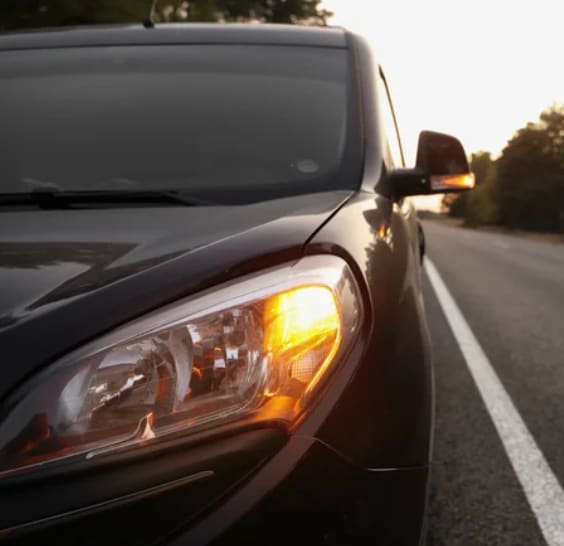

Have you ever noticed the rhythmic clicking sound that accompanies your car’s turn signals? For many, it’s a familiar noise that fades into the background of our daily commutes. But have you ever paused to wonder why your car makes this sound? While some car noises can signal mechanical issues, the clicking of a turn signal is neither random nor problematic. Instead, it's an intentional design feature with roots that stretch back through automotive history. In this blog post, we will delve into the intriguing origins of this characteristic sound and explore its modern-day relevance in our driving experiences.
The story of the turn signal click begins with early automobiles when signaling intentions to other drivers was more about hand gestures than electronics. As technology advanced, engineers sought ways to make driving safer and more intuitive. Enter the electromechanical flasher relay, a significant innovation in automotive technology. This device was responsible for controlling the blinking pattern of turn signals by creating and breaking an electrical circuit at regular intervals. The resulting sound was not initially intended as an auditory cue but rather a byproduct of its mechanical motion.
As cars evolved throughout the 20th century, so did their components. By mid-century, most vehicles featured integrated turn signals as standard equipment, complete with that distinctive clicking sound. Drivers quickly came to associate this noise with safety and awareness on the road. It served as a subconscious reminder for drivers to indicate their intentions clearly—a critical component in avoiding accidents and misunderstandings.
This simulated clicking serves multiple purposes beyond nostalgia or tradition; it actively enhances driver safety by providing immediate confirmation that indicators are engaged even if visual cues are obscured or unnoticed during daylight hours or complex traffic situations. Additionally, it acts as a gentle reminder for forgetful minds prone to leaving indicators on long after completing maneuvers, thereby preventing potential confusion among fellow motorists who might misinterpret prolonged signals.
Moreover, studies suggest that auditory cues play an essential role in how humans process information while multitasking behind the wheel, whether navigating busy intersections or merging onto highways, which underscores why maintaining such sounds remains relevant despite changes in underlying technologies used within vehicles themselves.
Source: SlashGear